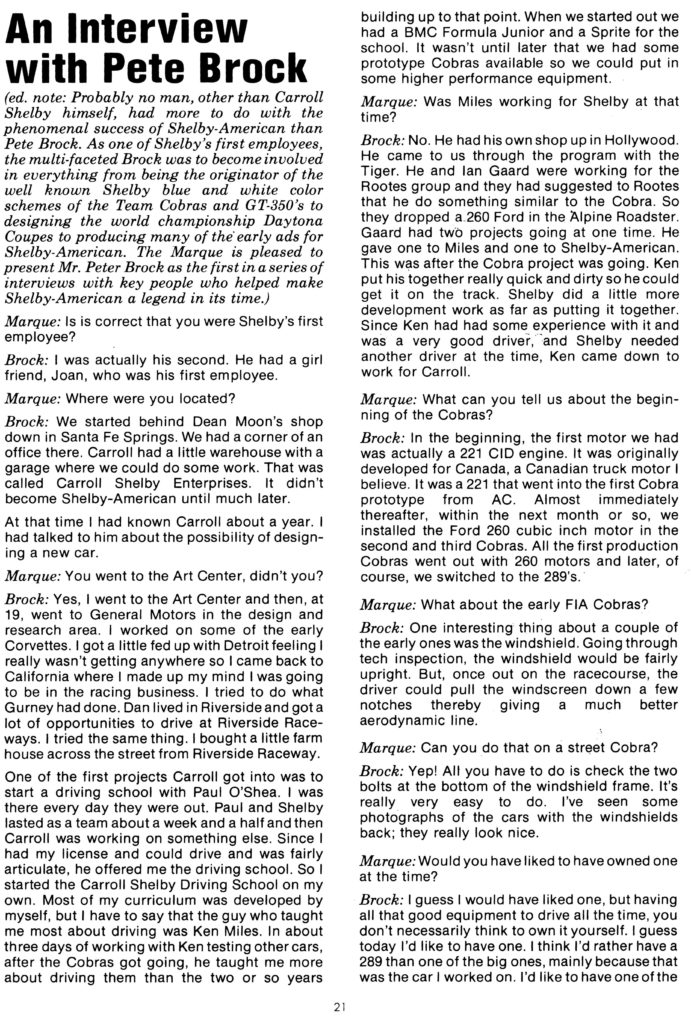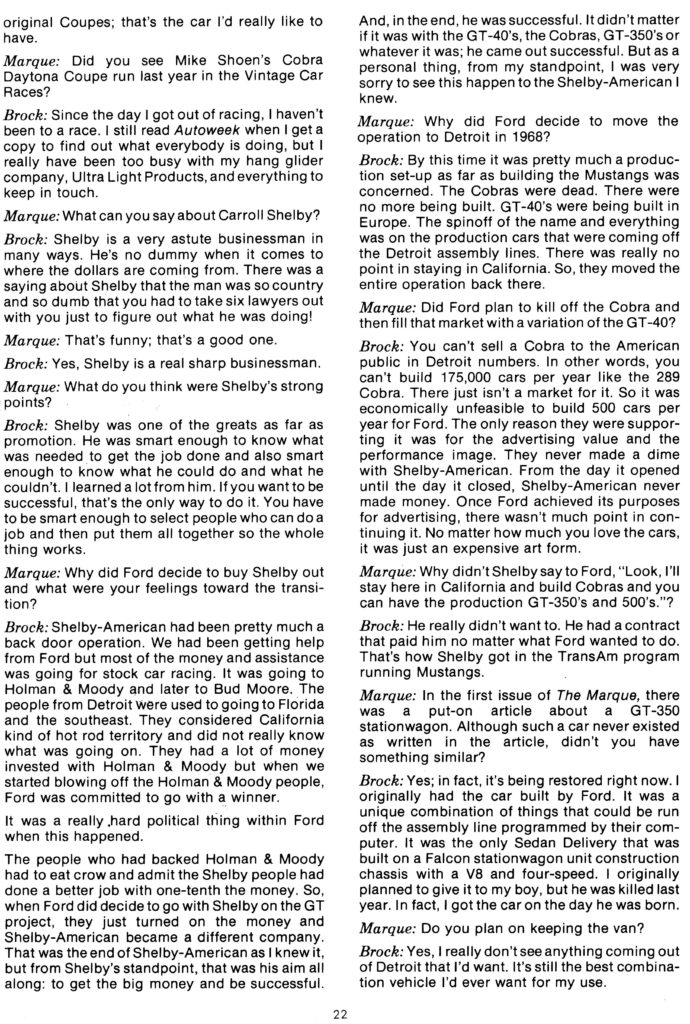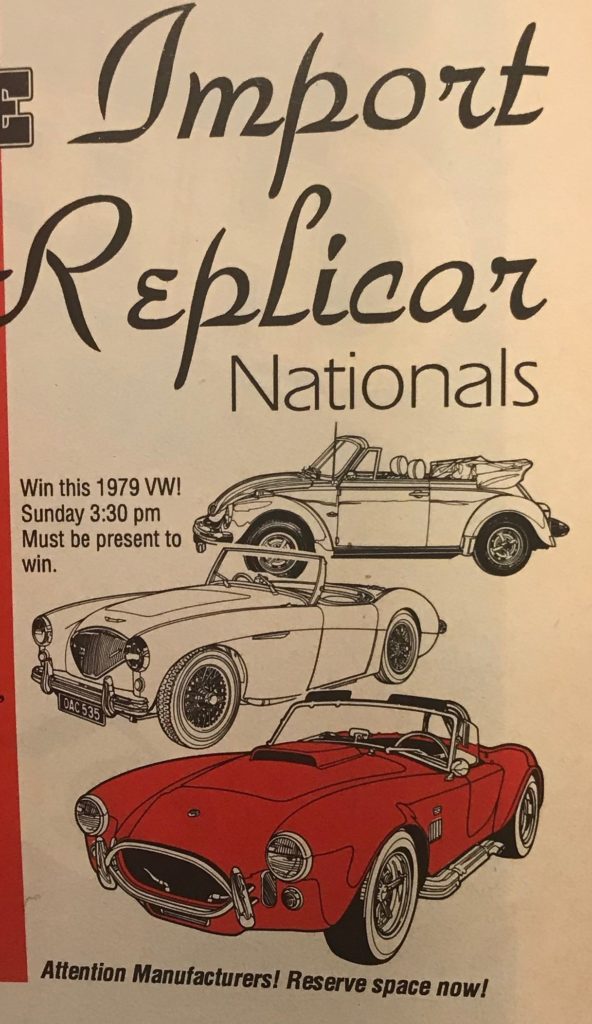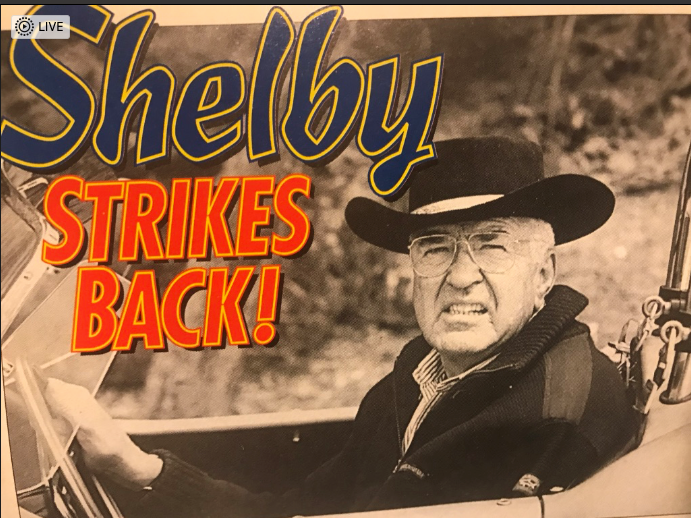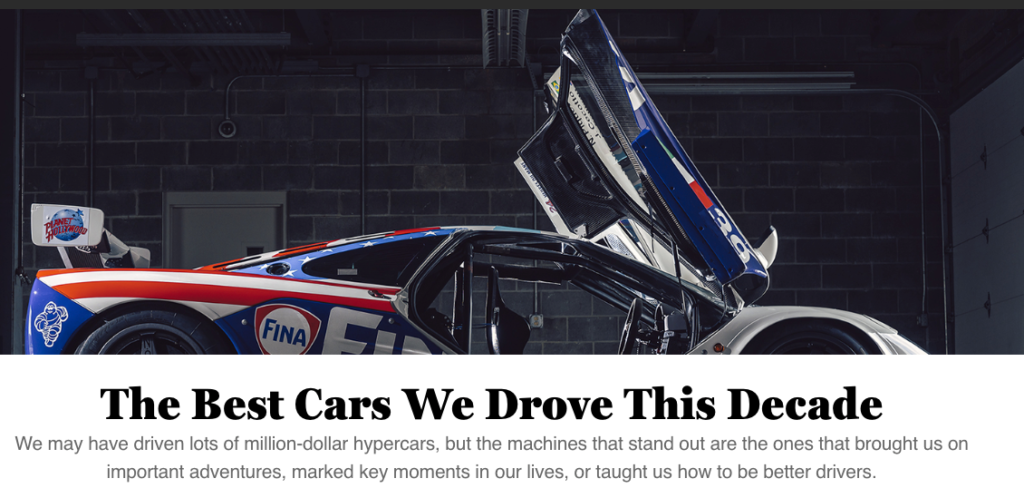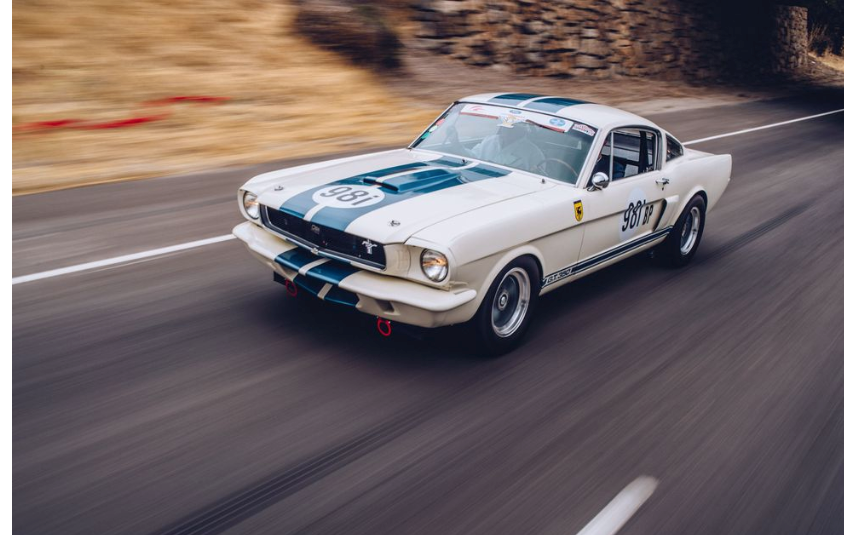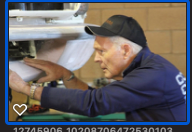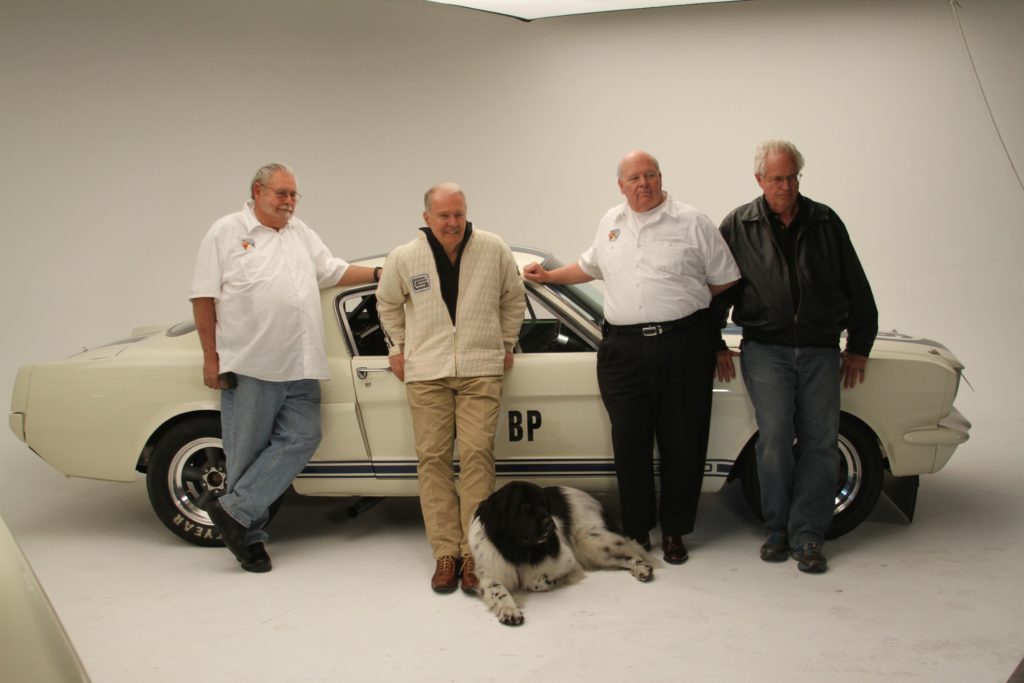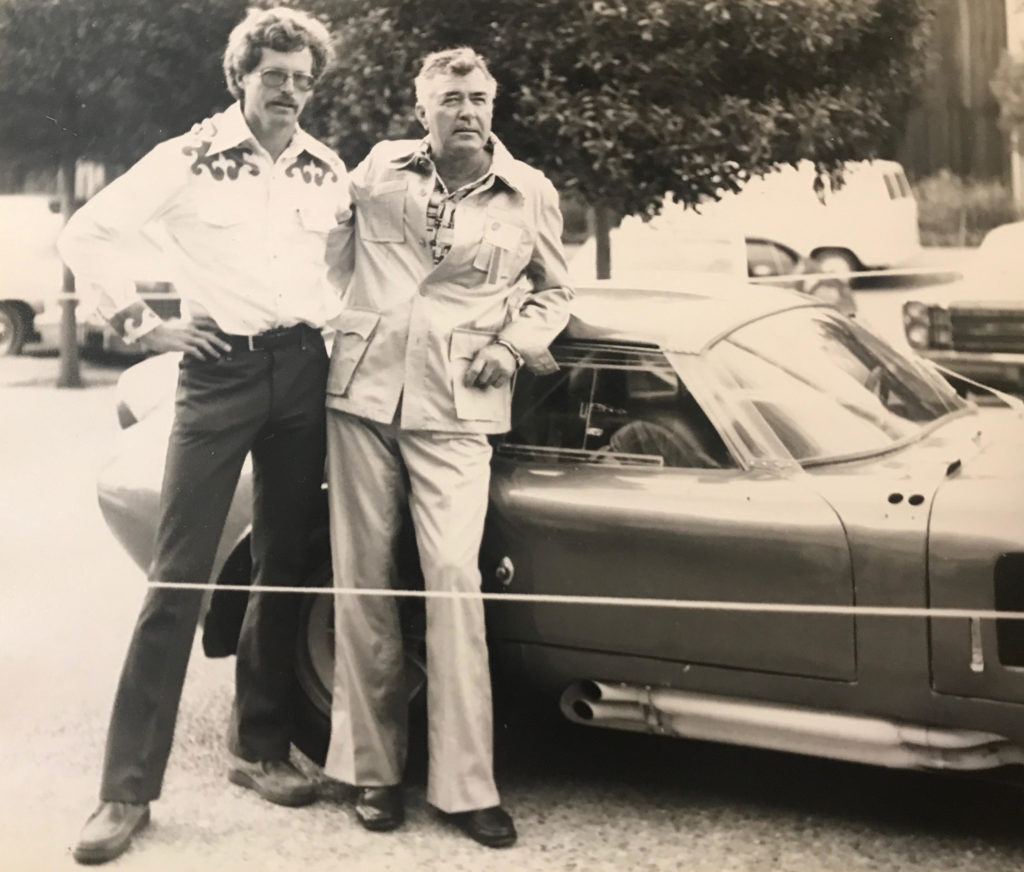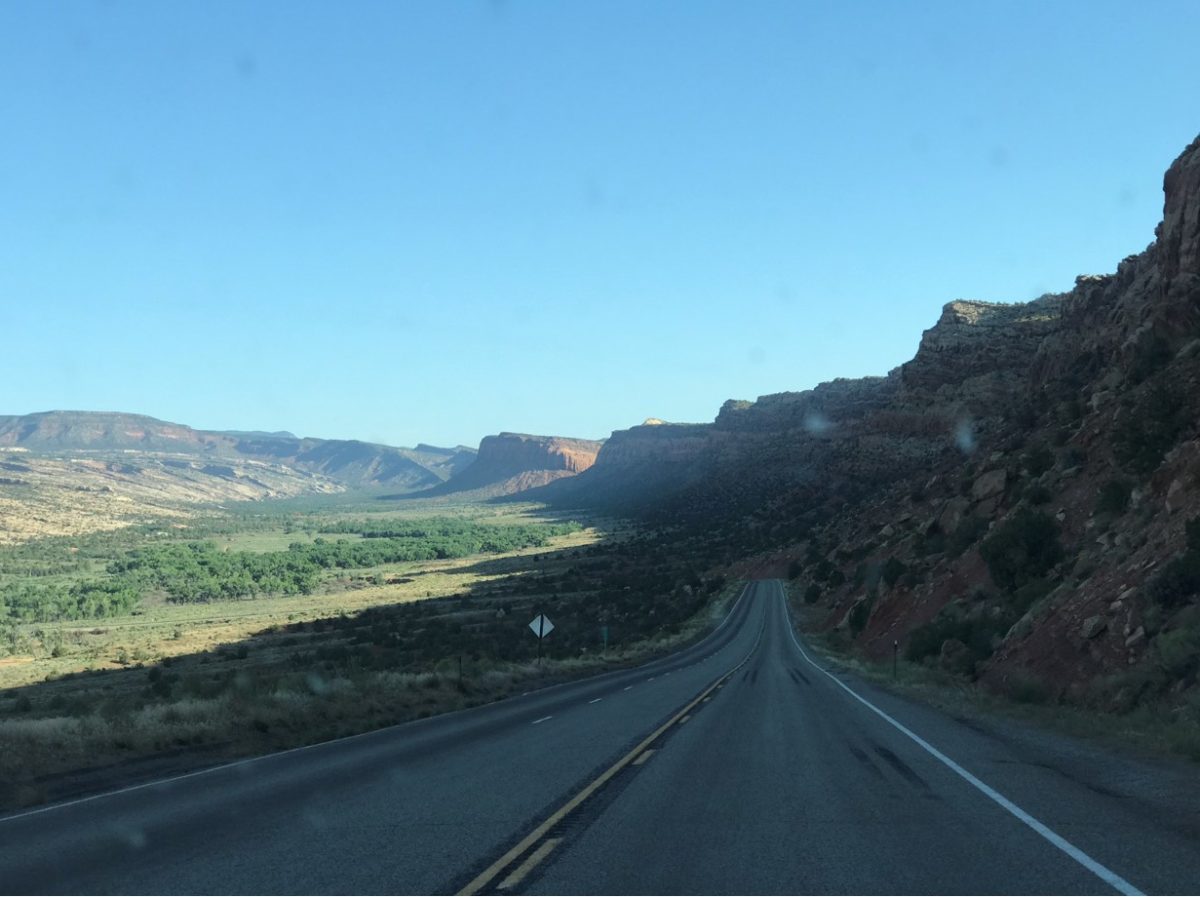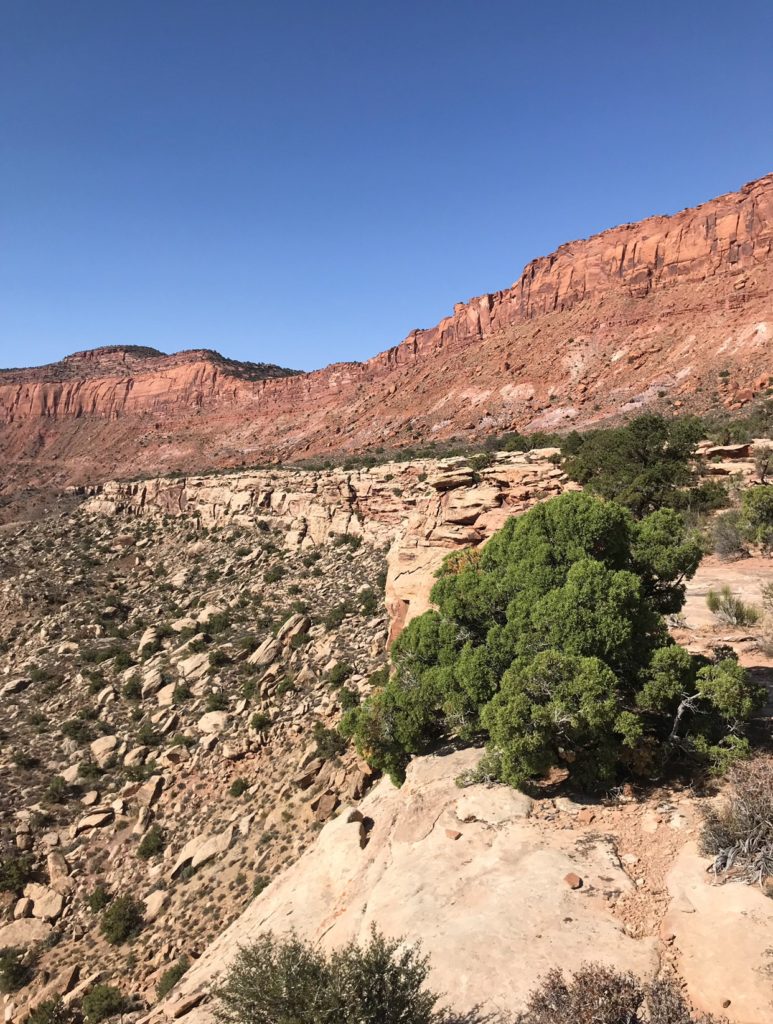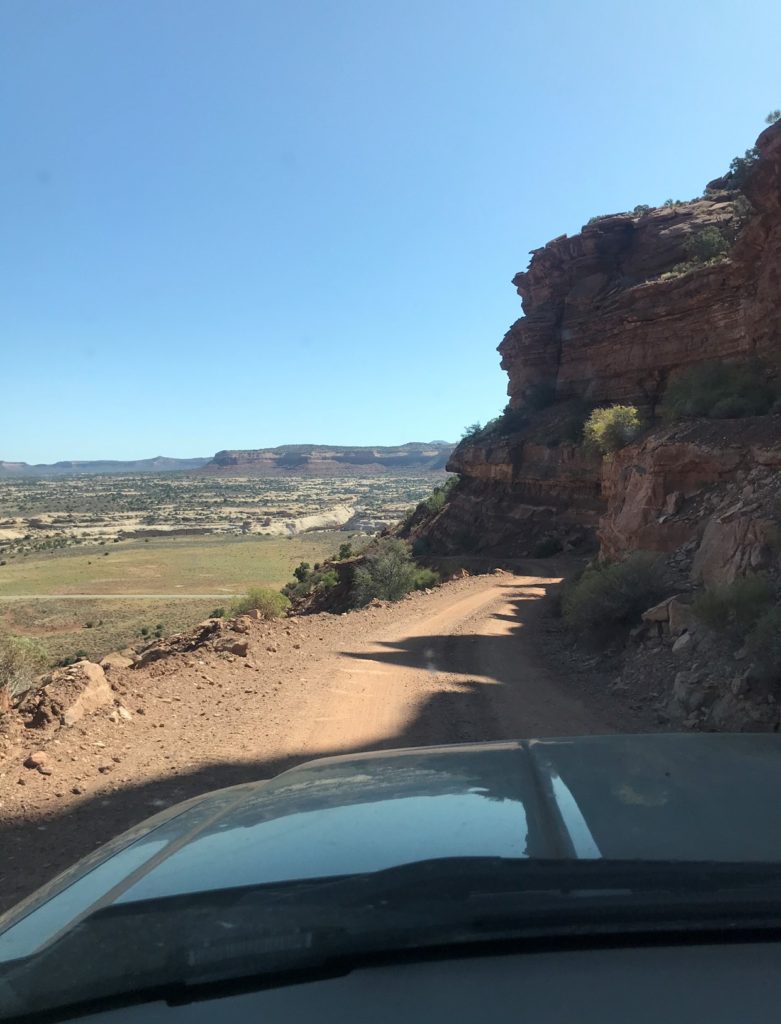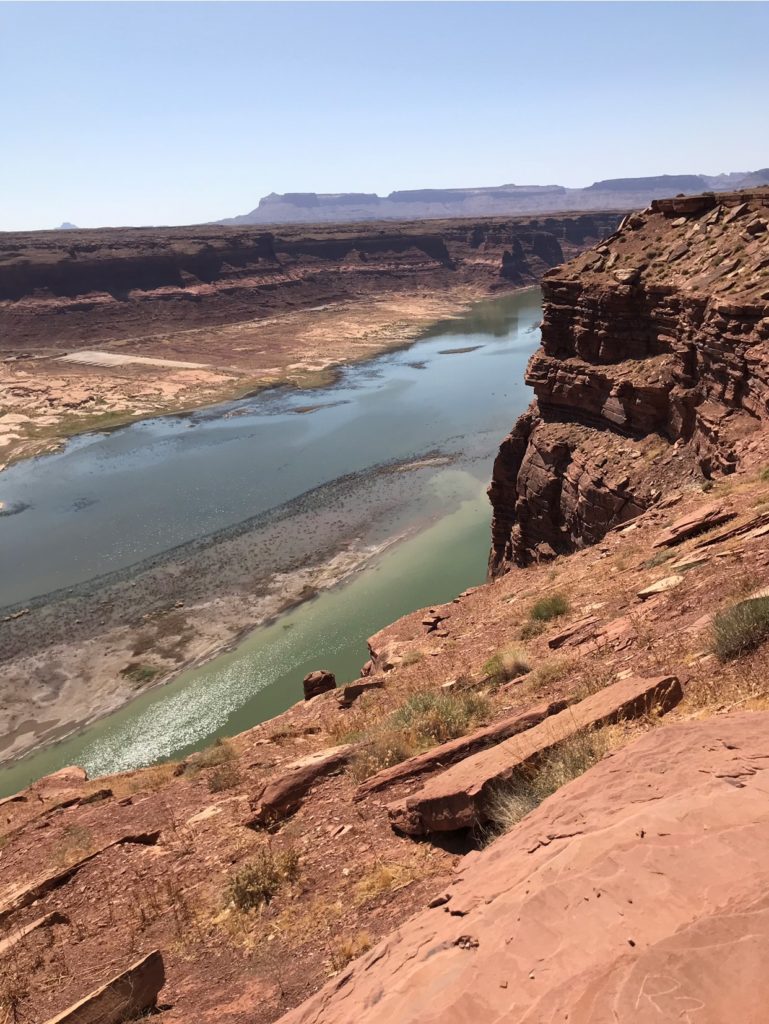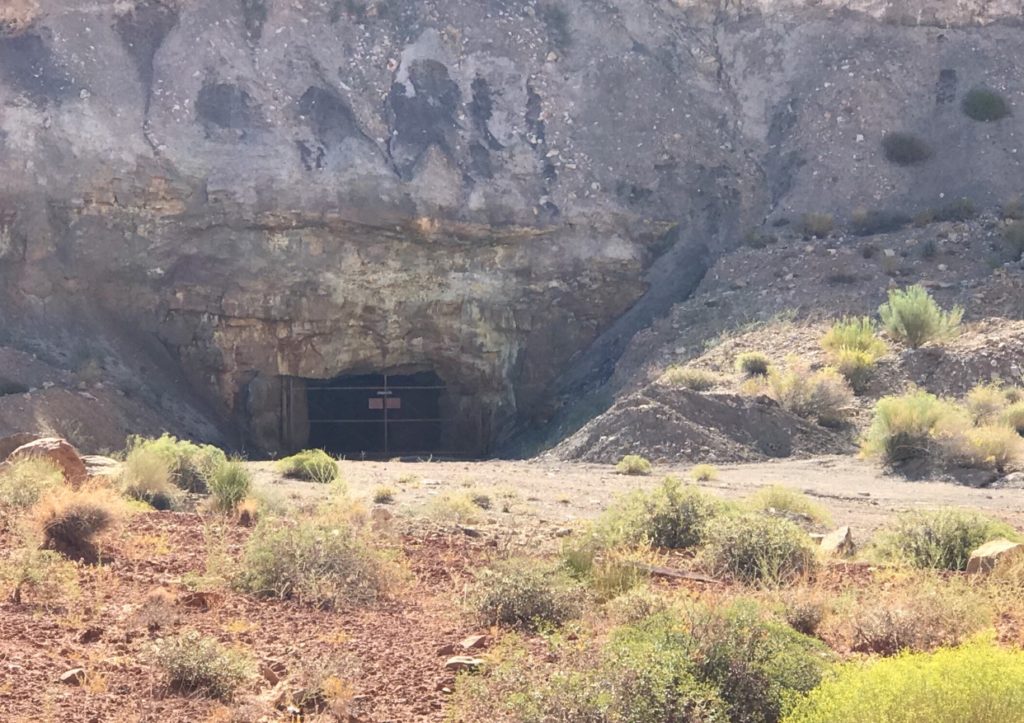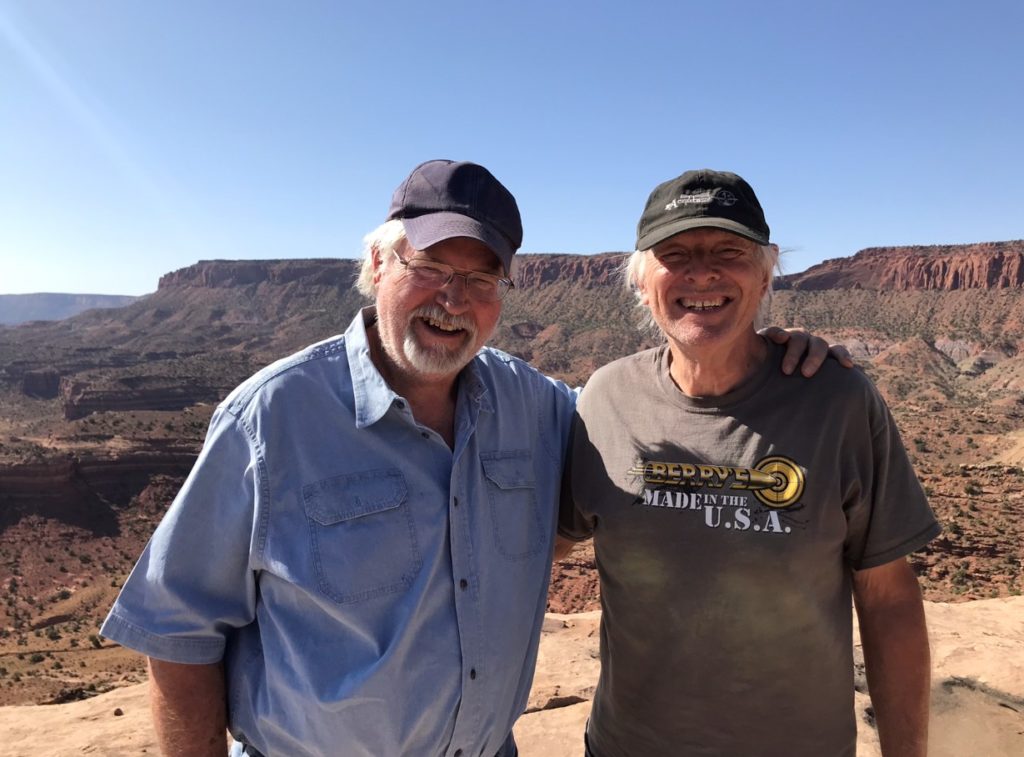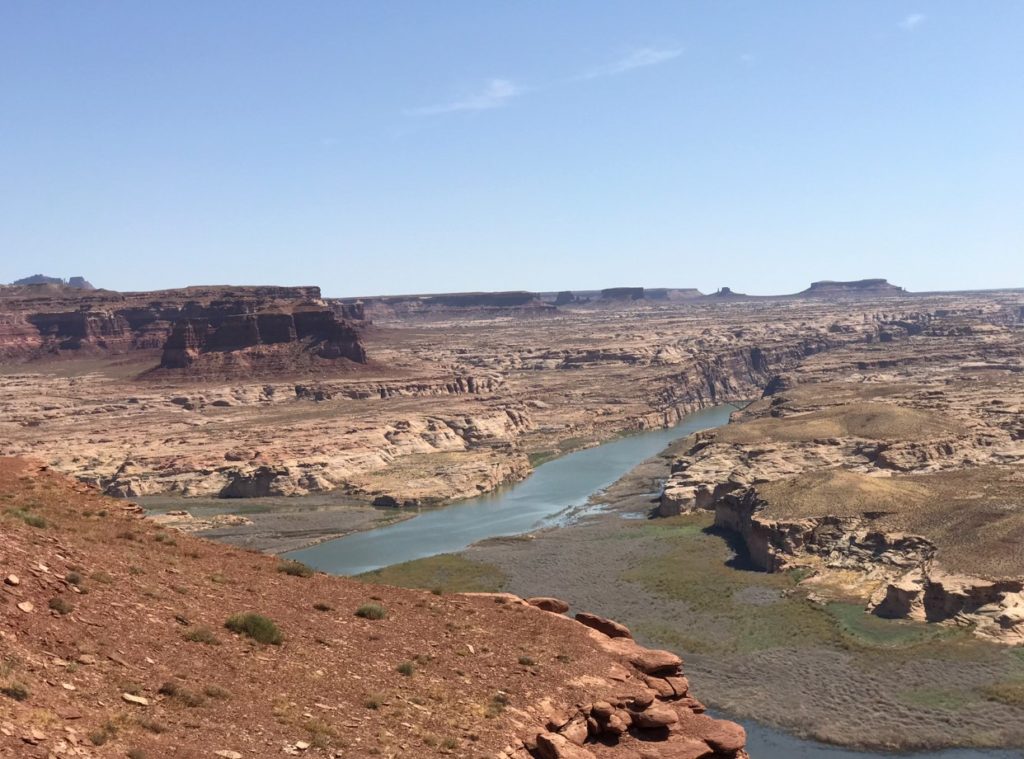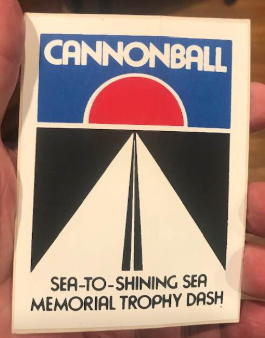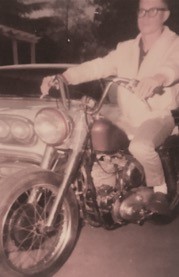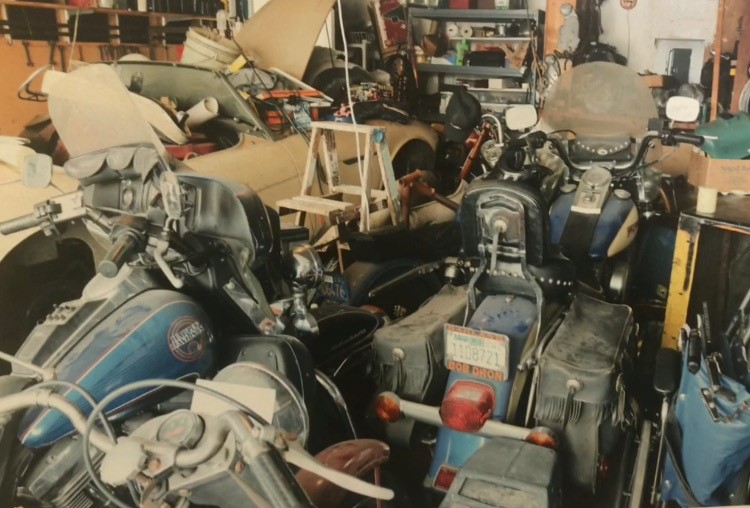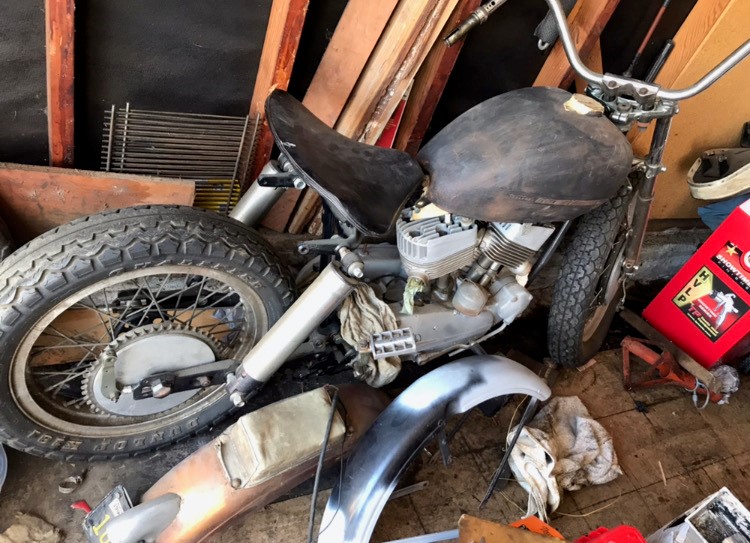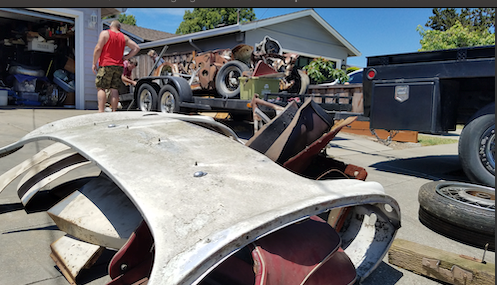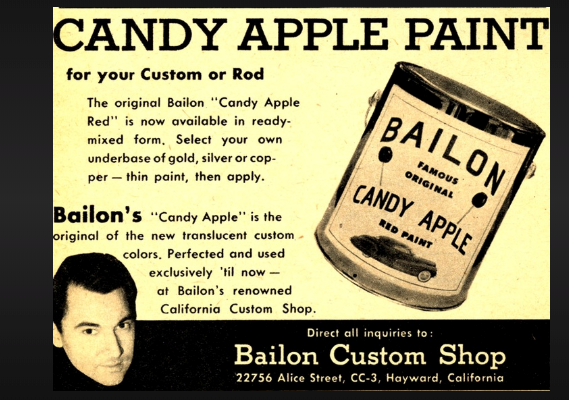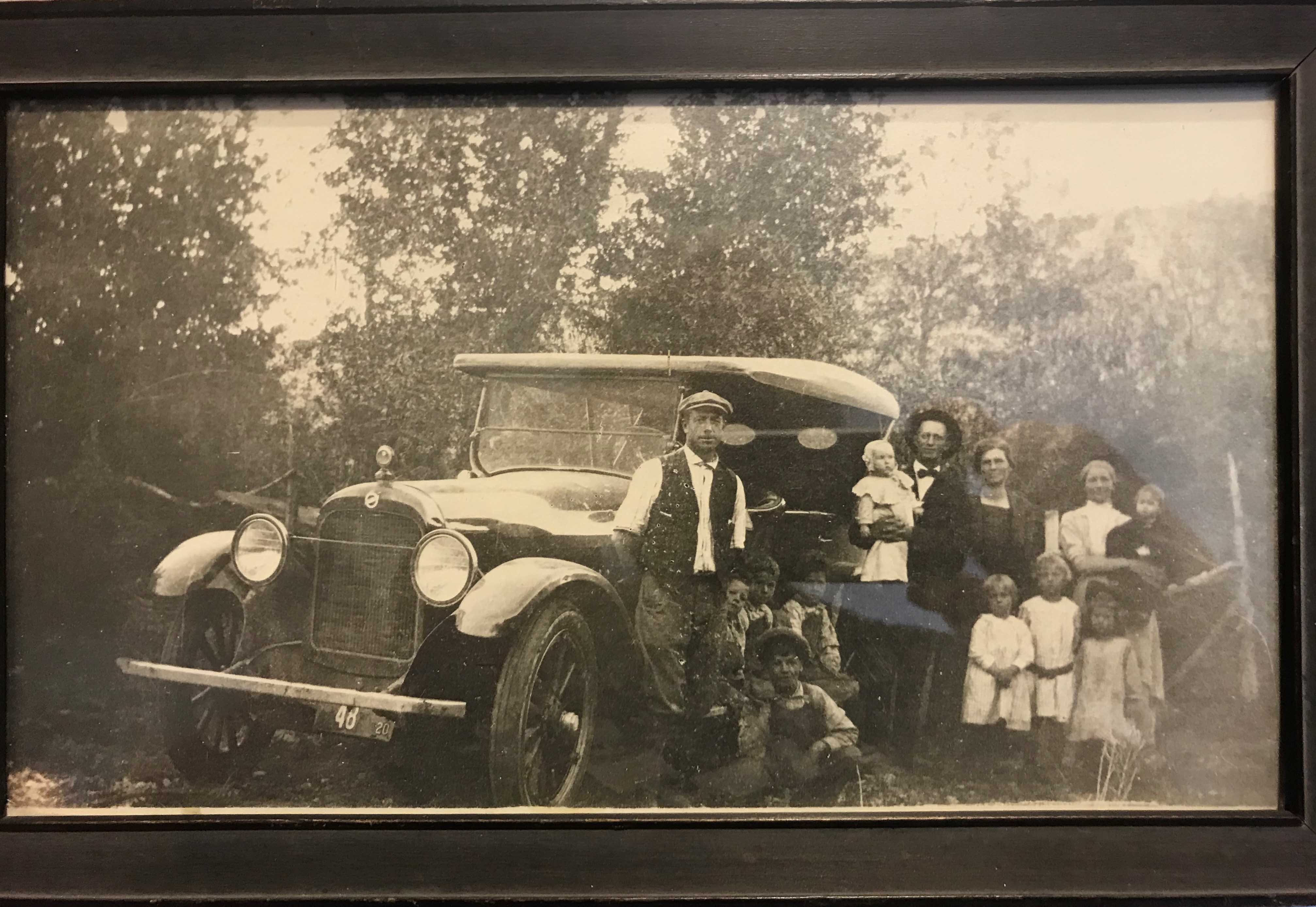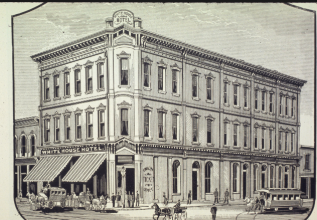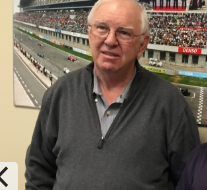My son and I left Van Nuys early one morning headed south to the Shelby facility in Gardena. Traffic Alert said there was a wild fire on the east side of the 405 through the Sepulveda Pass, and we wanted to avoid the inevitable traffic jams. Sitting in a Chevron gas station, loading up on coffee for our journey, we could see traffic was already beginning to slow. Once on the 405, we crested the Pass just as traffic stopped. The fire had started on the east side, easily vaulted the multi lane freeway and was now on the west side, licking at the concrete walls of The Getty Museum. As we sat there, along with everyone else, I asked Mike if he’d like to hear the connection between The Getty and the Chevron drink cups we were holding.
Too bad… you have to hear the story anyway.
In the mid eighties, the C.E.O. of Pennzoil, Hugh Liedtke had a problem. Pennz had great retail distribution, but lacked refinery capacity and oil- in- the- ground to be able to compete with the big guys. Getty Oil–founded by J. Paul Getty (1892 – 1976), at the time the world’s richest man–had more oil than it could possibly use and plenty of refinery capacity, but lacked distribution channels. It could be a marriage made in heaven.


Liedtke had been trying to buy Getty for some time, and finally through contacts in the art world found a sympathetic ear in the person of Gordon P. Getty. Gordon owned 40% of Getty Oil stock and also was a trustee of The Getty Museum. The Museum owned an aditional 11.8 % and if Liedtke could convince Gordon and the other trustees to sell, he would control Getty Oil.
Gordon was third generation and much more interested in opera than the oil business. Most of the other trustees were second generation and were getting on in years. After appropriate schmoozing, Liedtke offered Gordon and the other trustees 110 dollars per share. The stock typically traded for around $50, but the oil- in- the- ground said it was worth more like $100. A hand shake deal was struck at $112 and lawyers started drawing up the papers.
Liedtke was ecstatic.
Days later he woke up to news from New York that Texaco had purchased Getty Oil for $125 a share.
“I’ll sue the bastards!” were the first words out of his mouth, and that’s what he swiftly did, under the legal construct of tortious interference. T. I. is similar in the contract world to alienation of affection in the domestic world. If someone interfers with a settled arrangement–i.e. Some scum bag seduces your wife and she leaves you–you can sue the bastard for alienating her affections. Yea I know, don’t try that today. That law was written a long time ago.
After two years of legal manuvering, a jury trial was finally convened in Houston. It was billed as DAVID v GOLIATH, with the much smaller Pennzoil taking on the eighth largest corportion in America, owning properties in all 50 states and Canada. News acounts of the day bragged that Texaco had spent over 11 million dollars on scores of attorneys just preparing for the trial.
Joe Jamail, Pennzoil’s lead attorney, always wore Italian-made cowboy boots with zippers on the sides, and western-cut suits when working in Texas. In the sixth week of the trial, Joe looked up at the spectator area and saw John McKinley, C.E.O.of Texaco, sitting in the gallery. Joe whispered to his assistant Susan, “Get as fast as you can to the clerk’s office and get a subpoena to put Mr. McKinley on the witness stand.”
There was no way Pennzoil could have extradited McKinley from New York to Texas to appear in a civil proceeding, but there he was. And by God he was going to testify !

If the head of a major corporation is going to testify at trial, his legal team will spend days, if not weeks, coaching him on every possible question he could be asked, and exactly how to respond. But not today.
John McKinley, a decorated World War II hero and a real life Wall Street Titan, was dressed befitting a man of his stature and surrounded by his personal assistants. He had flown in on his private jet to get a look at what the whole financial worid was talking about.
On the stand, Joe asked John if he remembered the Wall Street Journal story on January 5, 1984 stating that Pennzoil had reached an agreement to buy Getty Oil. John couldn’t remember.
When Joe asked him if it was true that 50 copies of The Journal were delivered to Texaco headquarters every day, John couldn’t remember. The jury squirmed.
When Joe asked him if he could remember anyone at Getty refering to the situation as “A bird in the hand,” John couldn’t remember. The jury looked at the ceiling.
When Joe asked him if he knew what “A bird in the hand” meant, John didn’t know.
McKinley had been circling of the drain, but now he headed straight down the tube!
The trial was schedueled for twelve more weeks, with the jurors earning a whopping $6 a day. Joe wrapped up his arguments and rested his case, further endearing himself to the jurors.
They found Texaco guilty, and awarded Pennzoil almost 11 BILLION DOLLARS in damages! No matter who you are or how big you are, no one can take a hit like that.
Texaco filed for a defensive bankrupcy, and in a very unusual move, Pennzoil continued pursuing them into bankrupcy court. It was almost like opening the grave and robbing the corpse. An appeals judge finally reduced the award, but penalty and interest charges were mounting at 3 million per day, and attorney fees were in the tens of millions. Pennzoil had to fight Texaco’s secured creditors but finally managed to scrape out about 3 BILLION DOLLARS.

Now that the grave had been ravaged, Chevron Oil came by and picked up the bones, fired most of Texaco’s management, and merged the operation into Chevron’s San Ramon CA headquarters. Some retail outlets were sold to Shell, and thousands more were re-branded CHEVRON / TEXACO, apparently in a bid to retain loyal Texaco customers.
Traffic on the 405 was starting to move. The sun was brightening the sky and J. Paul’s solid concrete structure had withstood the flames. The story and the coffee were both finished, so we put the truck in gear and headed south to Shelby’s shop to build beautiful cars …. on another beautiful California day!
Fun story, and thanks for listening.
Duane Carling
19 APR – IIII

